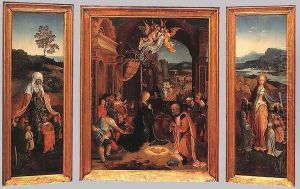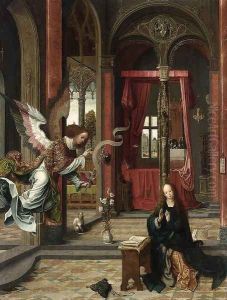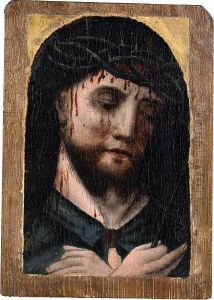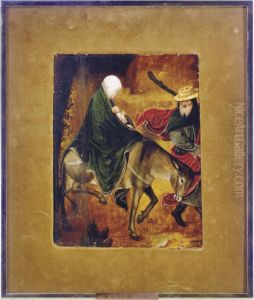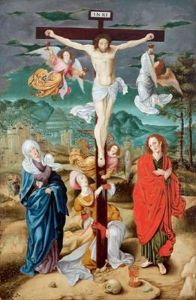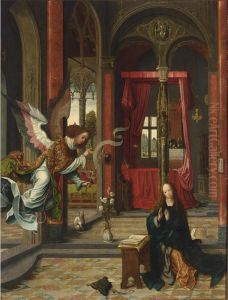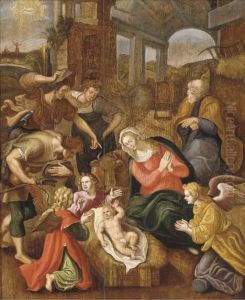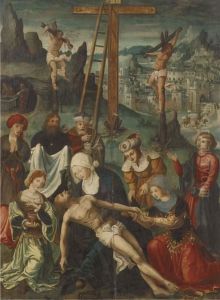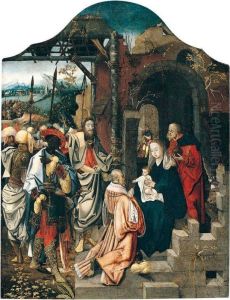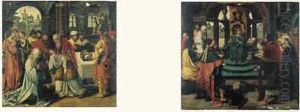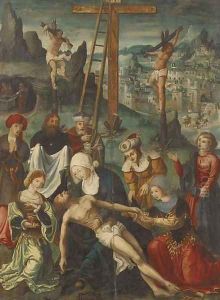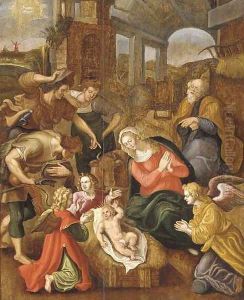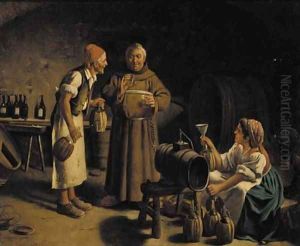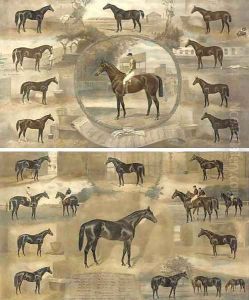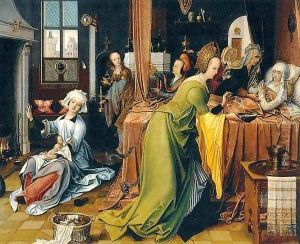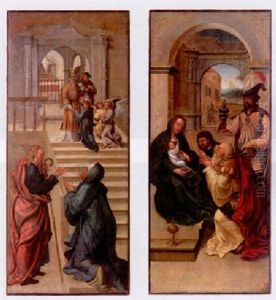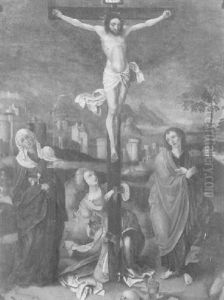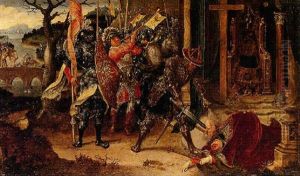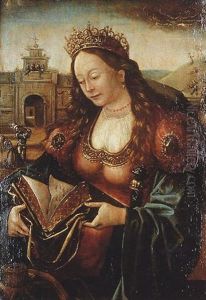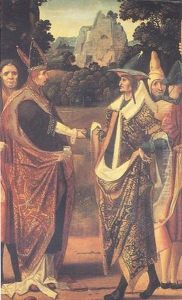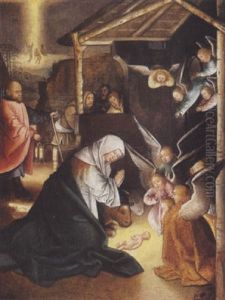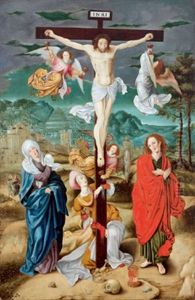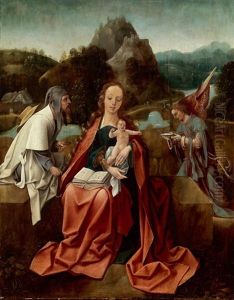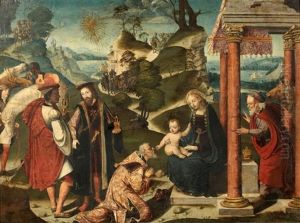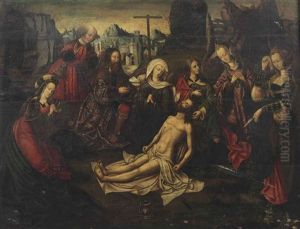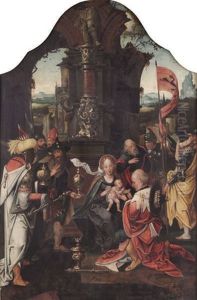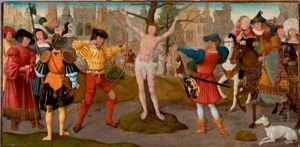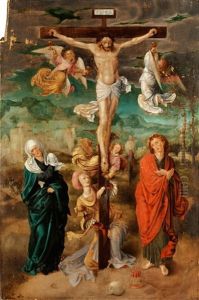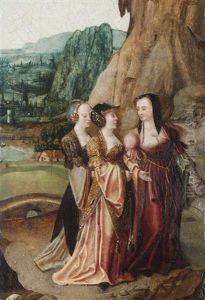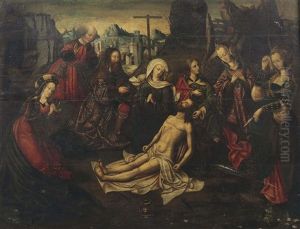Jan de Beer Paintings
Jan de Beer, also known as Jan van Beerstraten, was a prominent painter and draughtsman from Antwerp, active during the height of the Northern Renaissance. Born around 1475, de Beer was a leading figure in the Antwerp art scene, a city that was a vibrant center for commerce and art during his lifetime. He is best known for his religious compositions, intricate altarpieces, and detailed portraits, which showcase a unique blend of late Gothic and early Renaissance styles. His work is characterized by its detailed figures, elaborate use of color, and deep perspective, which was innovative at the time.
De Beer was a master in the Guild of St. Luke by 1504, indicating his recognition and respect within the artistic community of Antwerp. This guild was a crucial institution for artists, providing them with professional support and regulating the art market. His membership highlights his status as a leading artist of his time.
Despite his prominence, details about de Beer's life are relatively scarce, and much of what is known comes from his surviving works and guild records. He was thought to have run a large workshop, which contributed to the dissemination of his style and techniques throughout the region. His influence was significant in the development of Antwerp as a major center for art production in the 16th century.
Jan de Beer's legacy is preserved through his contributions to the Northern Renaissance and the Antwerp school of painting. His works are held in high esteem and can be found in various museums and collections worldwide. They continue to be studied for their technical mastery and historical value, offering insights into the artistic and cultural milieu of early 16th-century Antwerp. De Beer's death around 1528 marked the end of an illustrious career, but his influence persisted, affecting generations of artists who followed.
